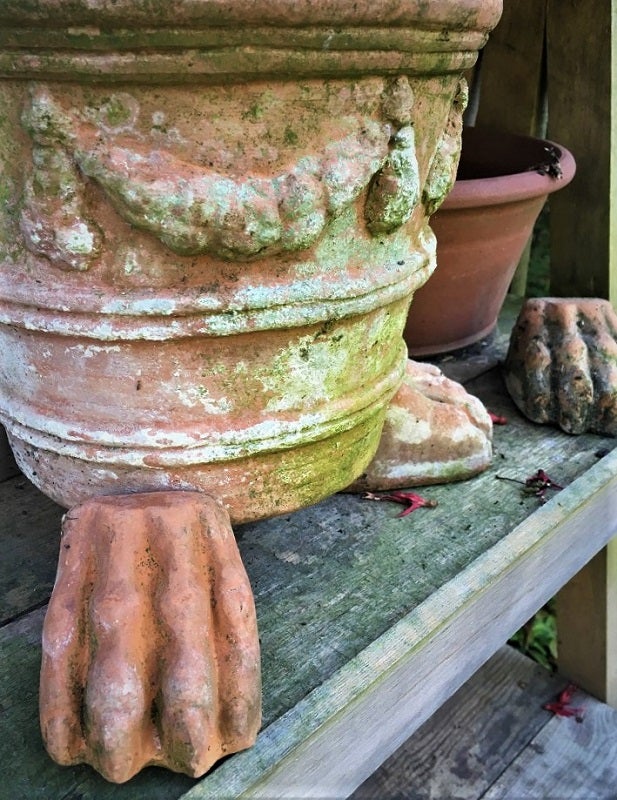And Now You Know: An elite group, the Bengal Guards
Published 8:20 am Saturday, January 13, 2018
By Mike Louviere
The Orange Leader
In these days of drill teams with fancy uniforms, waving flags, loud music, and all sorts of dance moves, it is easy to forget that there were once the drum and bugle corps that took the field at half time.
In 1923, Lutcher Stark started a boy’s band to boost attendance in his Sunday school class.
In 1935, he decided to do something for the girls of Orange. He hired Mrs. L.W. Hustmyre, better known as “Smitty”, to develop a drum and bugle corps in Orange as she had done with the Red Hussars at Thomas Jefferson High School in Port Arthur. The corps was named the Bengal Guards.
Hustmyre recruited 45 girls and began teaching them how to march.
They started in March 1935, on the football field at Orange High School.
In February 1936, they received their first instruments and began to learn to play them. The Guards started with a drum major, three flag bearers, four squads of drummers marching four abreast, five squads of buglers, two bass drums, and two cymbal players.
Their first performance was at the football game between Orange and Jasper High School. They were invited to perform at the game between Lamar College and the Schreiner Institute in Beaumont.
On Thanksgiving Day, they became the first high school group to perform at Memorial Stadium in Austin when they became the halftime attraction at the annual game between the University of Texas and Texas A&M. Lutcher Stark being on the Board of Regents may have helped in obtaining this honor.
In March 1938, they participated in the opening of the new bridge at Deweyville, performing for the audience that consisted of state officials from both Texas and Louisiana, among many other dignitaries.
On April 1, 1938, the corps expanded to 58 members. The new corps consisted of a drum major, two junior drum majors, three flag bearers, four bell lyre players, 20 snare drums, four bass drums, four cymbal players, and 20 buglers. The Bengal Guards was gaining a national reputation as one of the best drum and bugle corps of the day.
On April 16, 1938, they performed at the opening day game of the Texas League Baseball Game at Stuart Stadium in Beaumont. The game was between the Beaumont Exporters and the Shreveport Sports.
In the summer of 1938, Frank Hubert was hired to become the music director for the Guards, later he became the music director for the Lutcher Stark Band at Orange High School. The band later became the Bengal Lancers.
In 1940, they were invited to perform at the 11th Annual Chicagoland Music Festival in Chicago. The Guards marched at Soldier’s Field in front of one the largest audiences of their career. They received an invitation to return the next year and also to march at the Rose Festival in California.
On October 23, Hustmyre resigned as director of the Bengal Guards. December 31 that year the Guards marched at the Sugar Bowl game in New Orleans, they returned the following year.
In 1944, Hubert entered military service; Stark controlled both the Guards and the Lancers at that time. In the summer of 1944, Stark turned control of both organizations to the Orange Public School System. The career of the Bengal Guards as a separate marching group ended. They became a part of the music department of Orange High School.
The young ladies who were members of the Bengal Guard in these years were an elite group. They had the best music education that Stark could provide. They had the best instruments and equipment available.
Stark went to great lengths to see that all girls were treated alike. He provided traveling clothes for them that were sets of white jumpsuits. The girls had matching luggage, Stark even gave each of them the same amount of spending money while on their trips. They had chartered railroad cars and had a special bus for their trips.
He wanted all of the girls treated equally, regardless of income or social status. He only asked in return that they put forth their best effort, and conduct themselves as ladies.
It was a grand time for a special group of young ladies, and for Orange. It showed the nation that there was more to Orange than just being a sawmill town.
“And now you know”





